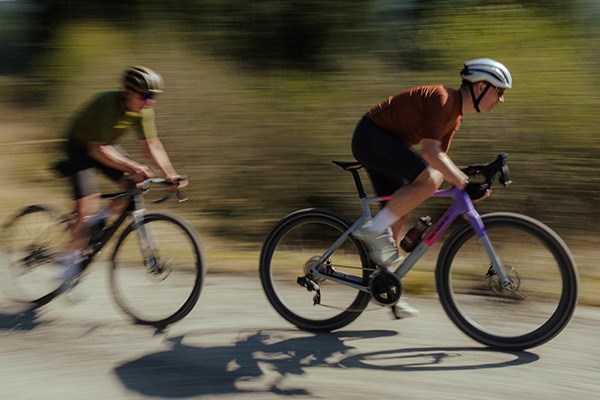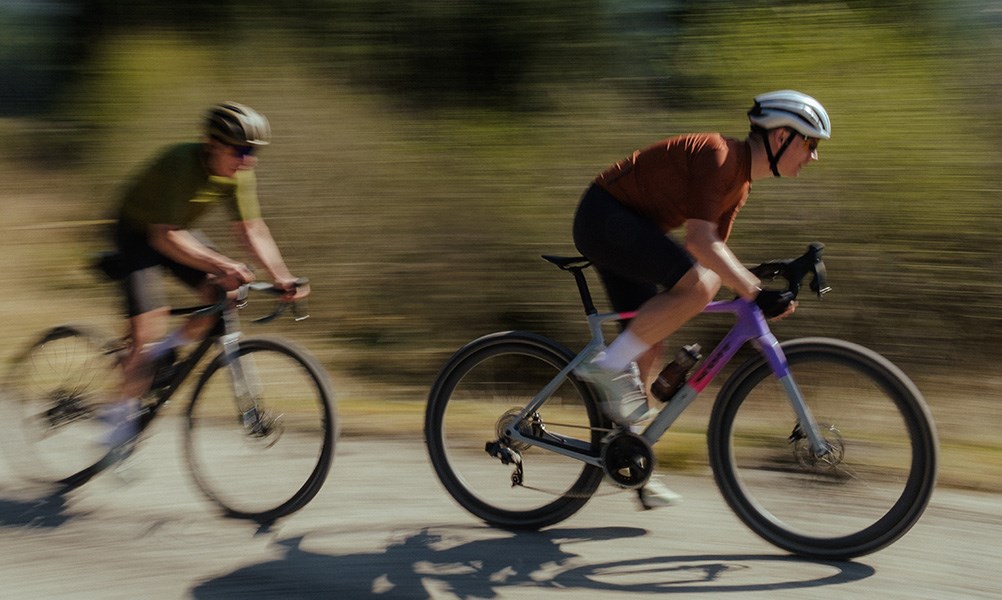A good cycling helmet is one of the most important pieces of kit for any rider. Whether you’re commuting, training, racing or just enjoying the ride, a helmet is designed to protect your head in the event of a fall or collision. Modern bike helmets are lighter, more aerodynamic and better ventilated than ever, offering a great balance of safety and comfort. With styles and features tailored for road, mountain, gravel, and urban cycling, there’s a helmet to suit every type of rider. From MIPS protection to dial-fit systems, today’s helmets are built with both performance and safety in mind.
Are All Bike Helmets Safe?
All bike helmets sold at Tredz meet or exceed the EN 1078 safety standard. This European certification guarantees helmets have been rigorously tested for shock absorption, strap strength, and overall protection. So, no matter which helmet you choose, you can ride knowing it’s built to keep you safe.

Why Buy a More Expensive Helmet?
More expensive helmets often bring real-world benefits: lighter weight, better ventilation, improved fit, and advanced safety tech. They can feel more comfortable on long rides and offer extra features like MIPS or premium liners. Investing a bit more often means a helmet that's not just safer but also more enjoyable to wear day after day.
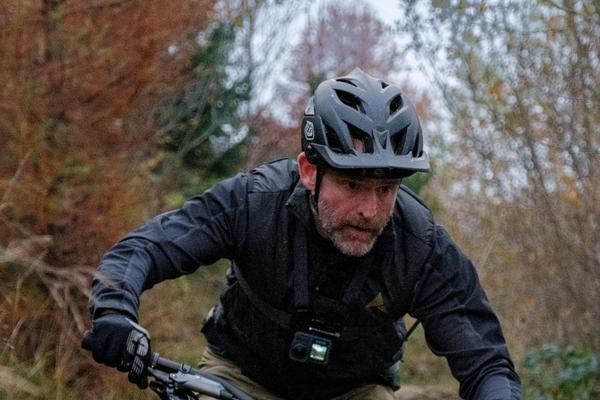
Helmet Features That Matter Most
Choosing the right helmet means knowing what features matter. From impact protection to comfort touches, understanding the key components will help you find a helmet that fits your needs, feels good, and keeps you safe every time you ride.
Shell
The helmet’s outer shell helps protect against sharp objects and distributes the force of impacts. In-moulded shells, where the shell and foam core are fused during manufacture, are lighter and stronger. Helmets with more extensive shell coverage over the core offer better durability and extra protection against everyday knocks and scrapes.
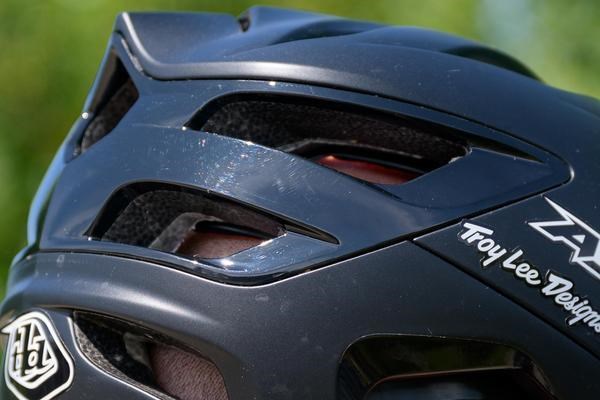
Foam Core
The foam core is your helmet's shock absorber. It compresses under impact, reducing force to your head. Some helmets use dual-density cores for targeted protection—softer foam for minor knocks, firmer foam for bigger hits. Others feature reinforced structures like skeletons or advanced materials, giving extra strength without extra weight.
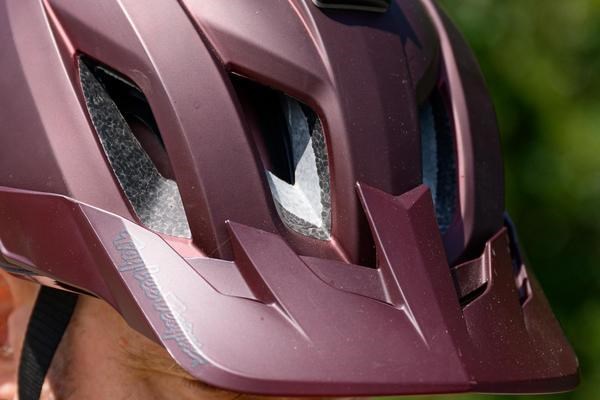
Liner
Liners add comfort and hygiene to your helmet. Look for removable liners that you can wash—especially handy after hot rides. Quick-drying, antimicrobial materials help keep things fresh and reduce odour. Sweat-guiding designs channel moisture away from your eyes, helping you stay focused on the trail, road, or path ahead.
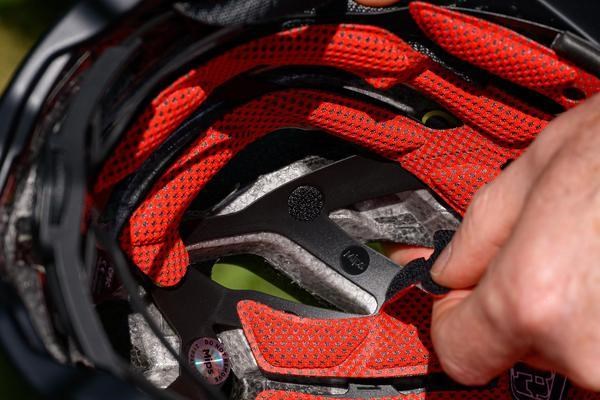
Fit & Straps
A secure fit is essential. Retention systems with dial adjustments make fine-tuning easy, while height adjustment adds an extra level of personalisation. Chin straps should be easy to position – web splitters help straps sit comfortably without pinching. Magnetic clasps make securing your helmet quick and simple, even with gloves on.

Directional Impact Protection
Directional impact protection like MIPS (Multi-directional Impact Protection System) adds a low-friction layer inside the helmet. It helps reduce rotational forces in an angled crash—the type most common when riding. Choosing a helmet with MIPS or similar tech offers an extra layer of safety many riders find reassuring.
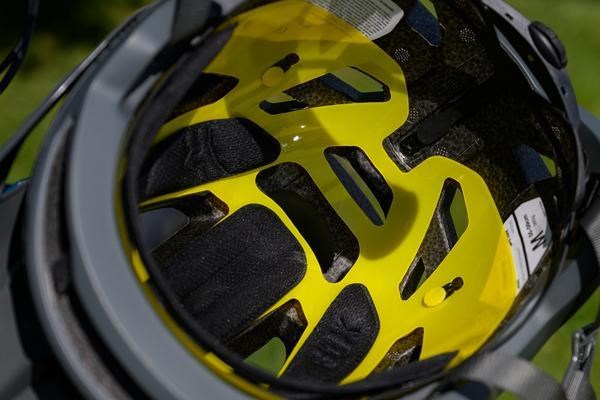
Ventilation
Good ventilation channels air through the helmet, keeping you cool. Road helmets often prioritise airflow with large vents, while mountain bike models balance ventilation with extra coverage. Commuter and kids' helmets focus more on comfort and all-around protection. The right balance depends on where, how, and when you ride.
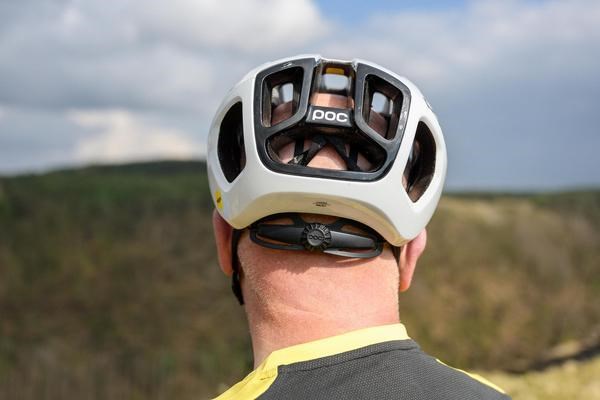
How Do I Choose the Right Size Helmet?
Finding the right size matters more than any feature, so it’s best to measure the circumference of your head and compare this with the correct size chart.
1. Place a flexible tape measure in the centre of your forehead.
2. Wrap around your head just above your ears.
3. Make sure the tape crosses the occipital bone (bump at the back of your head).
4. Check the size guide for the helmet you want to buy and pick the size that matches best.
Note: If you’re between sizes, it’s generally recommended to opt for the smaller size as it’ll be snug and offer a more secure fit.
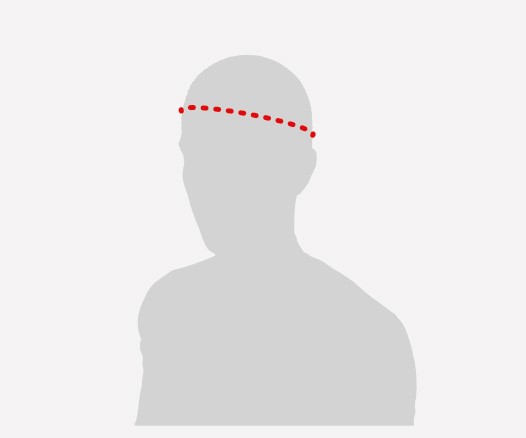
What Type of Helmet Do I Need?
Choosing the right helmet depends on where you ride, how you ride, and what type of bike you ride. Here’s a quick guide to help you find a helmet that matches your bike, riding style, and the level of protection you need for every adventure.
Road Helmets
Road helmets focus on light weight, superb ventilation, and sleek, aero profiles for speed. They're built for riders who clock up the miles, whether on a training ride, sportive, or club run. Many are designed with aerodynamic shaping to help you cut through the wind more efficiently.
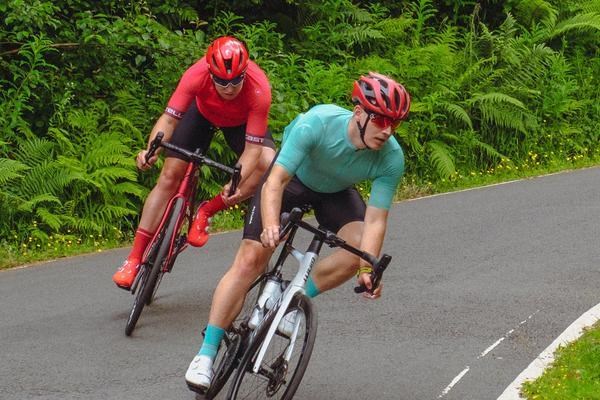
Gravel Helmets
Gravel helmets blend features from road and MTB lids, with a little extra coverage and ruggedness. Perfect for all-day adventures where the route can change from tarmac to trail in an instant.

MTB Helmets
MTB helmets offer deeper coverage around the back and sides of your head, with robust construction. They're designed for rougher terrain and harder hits. The more upright riding position of mountain biking means visors are especially useful for shielding your eyes from sun, rain, and trail debris.

Full Face Helmets
Full face helmets provide maximum protection, covering your chin and jaw as well as your head. Ideal for downhill, enduro racing, and riders who love pushing their limits.
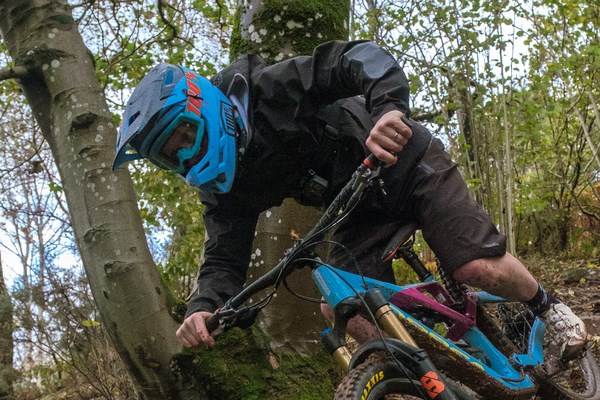
Urban Helmets
Urban helmets are all about practical protection with a stylish edge. Often featuring fewer vents, they’re designed for commuting comfort and everyday durability.

Kids Helmets
Kids helmets pack the same protective technology into smaller, fun designs. Easy adjustment and extra comfort features help keep young riders safe and smiling on every ride.
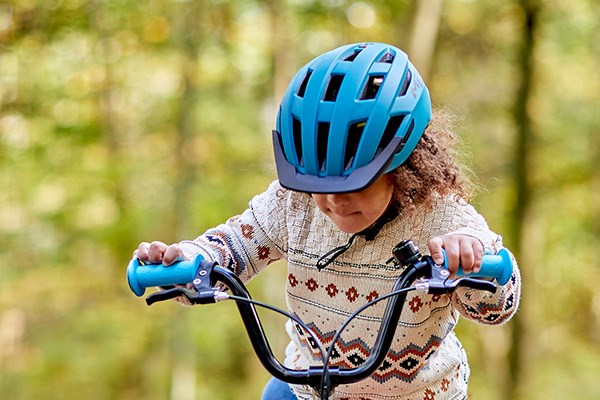
When Should I Replace My Bike Helmet?
Helmets don’t last forever. Most manufacturers recommend replacing your helmet every 3 to 5 years, as materials can degrade from sweat, UV exposure, and daily wear. To help it last longer, store your helmet out of direct sunlight, avoid dropping it, and clean it gently with mild soap and water.
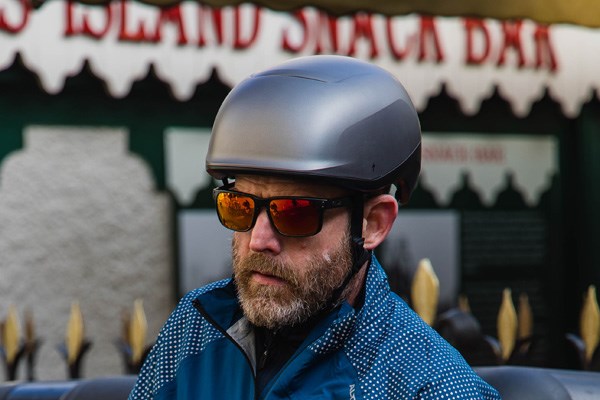
If you crash and your helmet takes a hit, it should always be replaced—even if it looks fine on the outside. Damage to the foam core isn’t always visible, and a compromised helmet may not protect you properly in another impact. Some brands offer crash replacement policies with discounted prices, so it’s worth checking with the manufacturer if this happens.
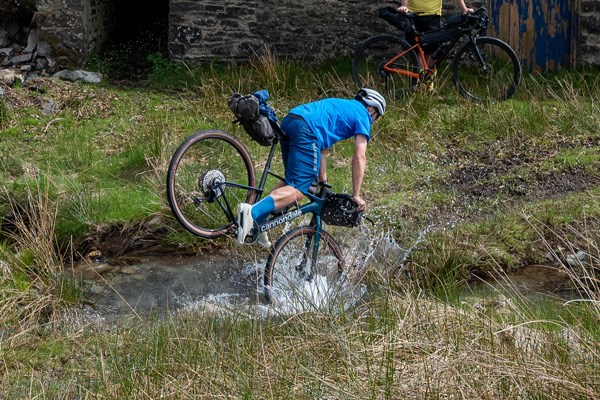
What is Crash Replacement?
Many manufacturers offer a crash replacement policy, which allows you to purchase a new helmet at a reduced cost if yours has been involved in a crash. These policies often apply if the helmet is less than three years old. Always check the terms with the manufacturer or contact us via Live Chat to see if you're eligible.
Choosing the right helmet means putting safety first—but that doesn’t mean compromising on fit, comfort, or style. Whatever and wherever you ride, there’s a helmet out there to match.
Frequently Asked Questions
To measure for a bike helmet, you will need to know the circumference of your head. Manufacturers mainly size using centimetres. Wrap a flexible tape measure around your head about an inch above your eyebrows to measure.
All cycling helmets sold in the UK meet safety standards. A cheap helmet is just safe though it will weigh more and have less ventilation than a higher-priced helmet. For a little more many helmets now come with MIPS technology, providing an extra degree of safety.
MIPS is an extra layer of protection in the helmet. It stands for Multi-directional Impact Protection System. It helps to reduce harmful forces that can be transmitted to the brain during a crash.
A helmet should fit tightly, but not so tight that it is painful to wear. You should be able to wear your helmet all day without discomfort. Most have a ratchet type mechanism on the back allowing you to fine-tune the fit. The chinstrap should be tight enough that you cannot remove the helmet without unbuckling the strap.
A bike helmet's material can deteriorate over time. It is often recommended to replace every 3 years. UV sunlight, heat and sweat can all contribute to deterioration, along with the regular small knocks through ownership. If ever you have a hard crash, even if there is no visible damage to the helmet it is safest to replace with new.
